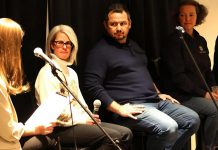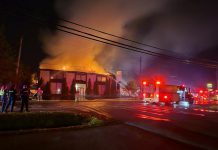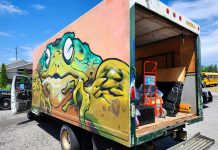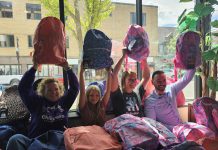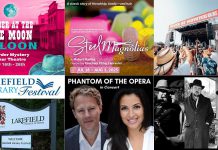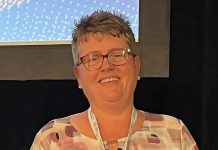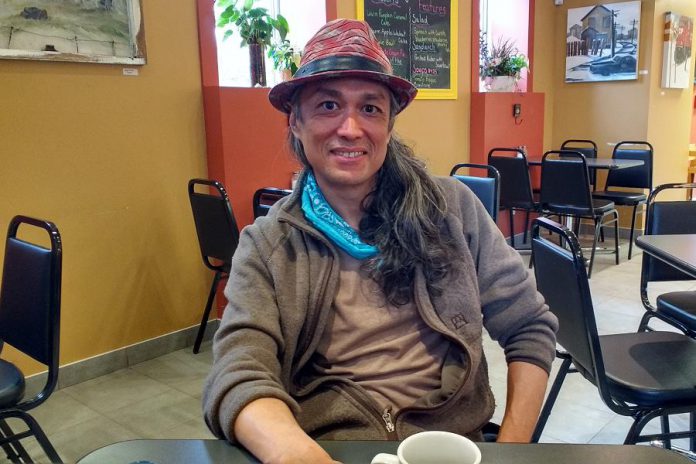
During a dark moment in 2010, local filmmaker Lester Alfonso had an epiphany: his life was cursed because of the birthmark on his butt.
As a child growing up in the Phillipines, Lester was often flippantly blamed for his family’s misfortunes — all because of a Filipino superstition that a birthmark on the buttocks is bad luck.
“People can get these bizarre instantaneous epiphanies about their lives,” Lester says. “It happened to me one night when I was at a low point in my life and really suffering. I was asking God ‘Why was this happening to me?’ and a voice seemed to answer back ‘Because of your birthmark.'”
“At that moment in time, I decided this was true because I was always told my birthmark was bad luck,” he adds. “I believed that every time something bad happened to me, it was because I was cursed by the effect of my birthmark.”
So Lester decided to explore his own relationship with his birthmark, while talking to other people about the stories behind their birthmarks. The result is his latest documentary Birthmark, which is close to completion.
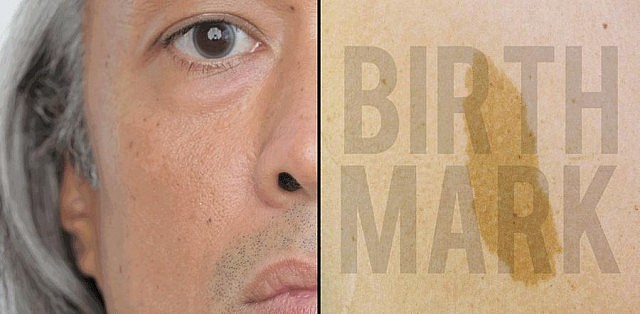
Lester’s epiphany brought back a repressed childhood memory that has become the key story in his film.
“I had a flashback, like a movie in my mind,” Lester recalls. “I was transported to the back seat of my parent’s electric blue Toyota. It was raining, it was night, and we were on the side of the road with a flat tire. ”
“I just had woken up and in my half sleep I could see the rain on the window and the shadows of my parents in the front seat,” he continues. “They were arguing and upset and I remember my Dad saying ‘This happened because that kid has a birthmark.'”
In the Philippines, the location of a birthmark is believed to mean different things. These beliefs are so engrained in the culture that most people don’t really think much about them at all.
“If you have a birthmark on your mouth, you’re talkative,” Lester explains. “If you have a birthmark on your head, you’re smart. If you have a birthmark on your foot, you’re a world traveler. But if you have a birthmark on your butt, you’re supposedly bad luck.”
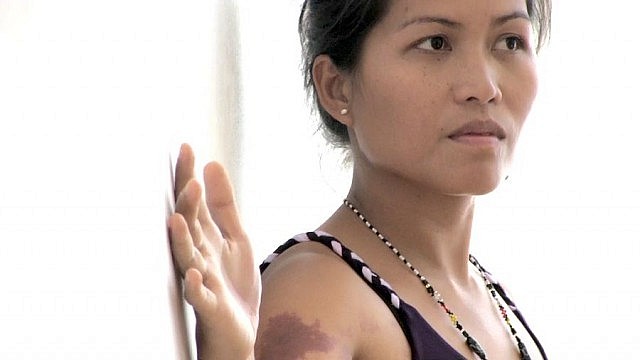
Lester began preparing for Birthmark in early 2015, when he successfully launched an Indiegogo campaign. With crowdfunding support as well aa grant from the Ontario Arts Council, Lester started filming his documentary later that fall.
As the film now nears its final stages of completion, Lester needs to raise around more money to finish the film. He’s also still looking for new participants to discuss their birthmarks for extra material, including a website devoted to the film and, perhaps, even a book.
“Birthmark is my way into our universal story,” Lester says. “We can all relate to the power of story over us. It shines a spotlight on the fact that there is a story in the first place — but the power is not in the story itself, but in our belief in it.”
In the months since shooting began, Lester has collected a wide range of stories about people’s birthmarks, ranging from the humourous to the spiritual to the supernatural.
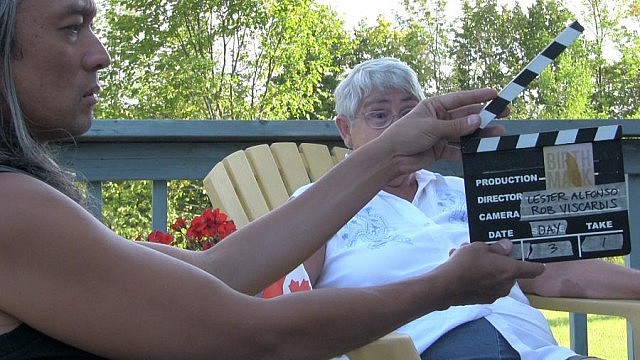
“There is a woman with a footprint-shaped birthmark on her back,” Lester says. “She was told that a priest had exorcised a demon from her mother when she was pregnant with her. The priest was stomping his foot on the floor, and that imprint of his foot appeared on her back as a birthmark when she was born.”
Another story comes from an Ennismore woman who has a birthmark on her arm shaped like a cat’s face.
“She was told that her mother was scared by a cat when she was pregnant,” Lester says. “Her brother had hid a cat in the oven, and when her mother opened the oven, the cat scared her and she grabbed her own arm — in the same place where the cat’s face appeared on her baby’s arm once it was born.”
But Lester experienced his most chilling moment when interviewing well-known local man Jimmy “Lightshow” Reedyk.
“Jimmy pointed to the round-shaped birthmark on his forehead and said ‘That’s a bullet hole from another life’,” Lester recalls. “Jimmy had one of his puppets with him, and the puppet has the birthmark on his forehead too. The puppet slowly nodded and agreed. Jimmy said ‘I have to be kind to everybody I meet in this life, or I’ll be shot in the head again.'”

So has exploring the stories of people’s birthmarks helped Lester deal with his own belief that he is cursed?
“The story is still there, so strong, but it’s not affecting me in a suffering sort of way,” Lester says. “It’s interesting when you start talking about things like birthmarks: it creates a more intimate way to talk about ourselves.”
“The more you tell your story as an opportunity to heal, the more freedom you get from the invisible psychological constriction you place on yourself,” Lester continues.
“When you tell your story repeatedly, it can help you see your life differently. You can make different choices and it brings you a step closer to the person you need to become. If we start to believe that we are perfect the way we are, we’ll all be a lot happier.”
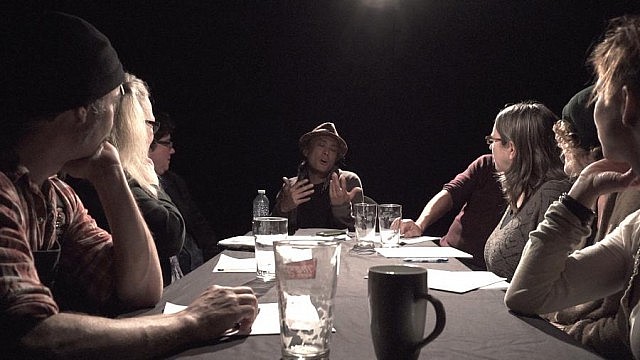
“I don’t know if I ever really consciously thought about that time again, until I was trying to think about it for the film,” he says.
“You never really know when a snapshot of a moment will be taken that you will remember for the rest of your life. It may be a casual offhand comment you’ll say that a child that they’ll take into their adulthood — sometimes with dire consequences.”
Currently in the process of final editing, Lester is working with Angel Hamilton, Rob Viscardis, and Wayne Eardley — who are co-producers of the film — to get Birthmark completed in time to submit it to the next HotDocs and ReFrame film festivals. Lester has set a goal of October 2016 for the film to be fully completed.
In the interim, Lester is inviting people who are interested in donating to his film to two special draft screenings — at a yet-to-be-revealed secret location — on Saturday, April 9th and Saturday, April 30th. For those interested, Lester asks that you contact him via his Birthmark website at www.birthmarkproject.org on how to become an audience member to these draft screenings.
Birthmark teaser
All photos courtesy of Lester Alfonso except where noted.


